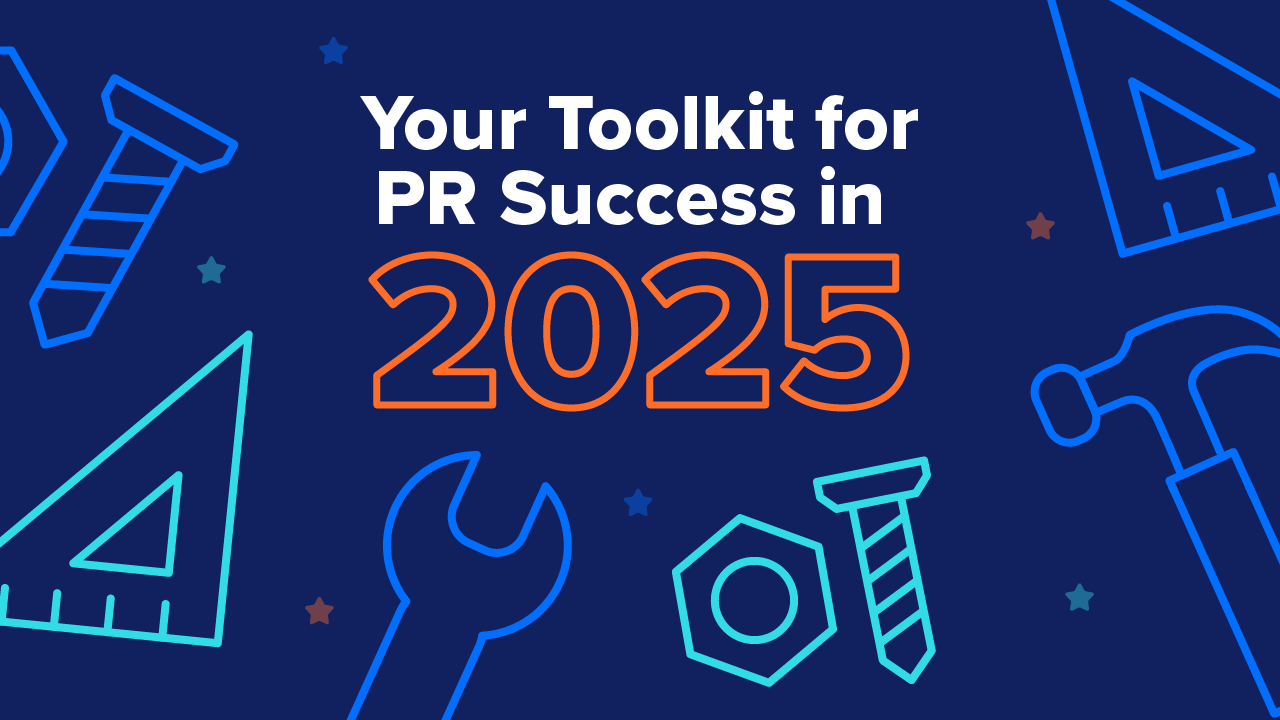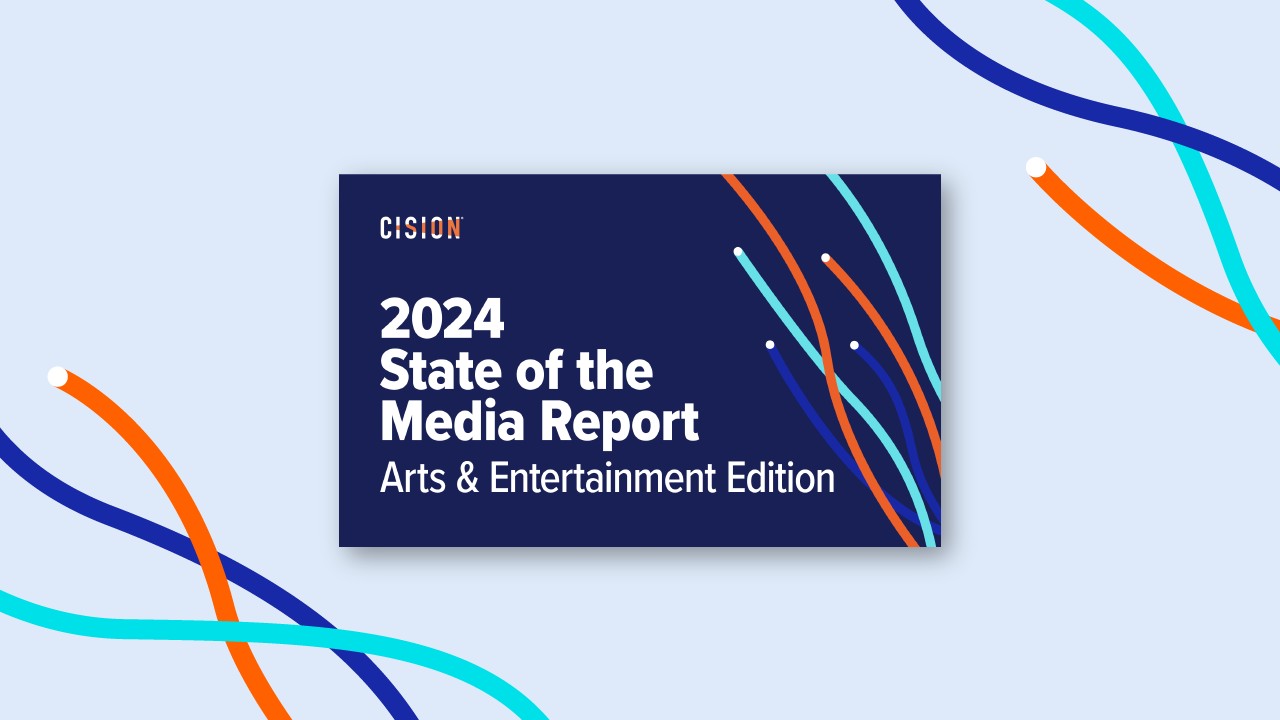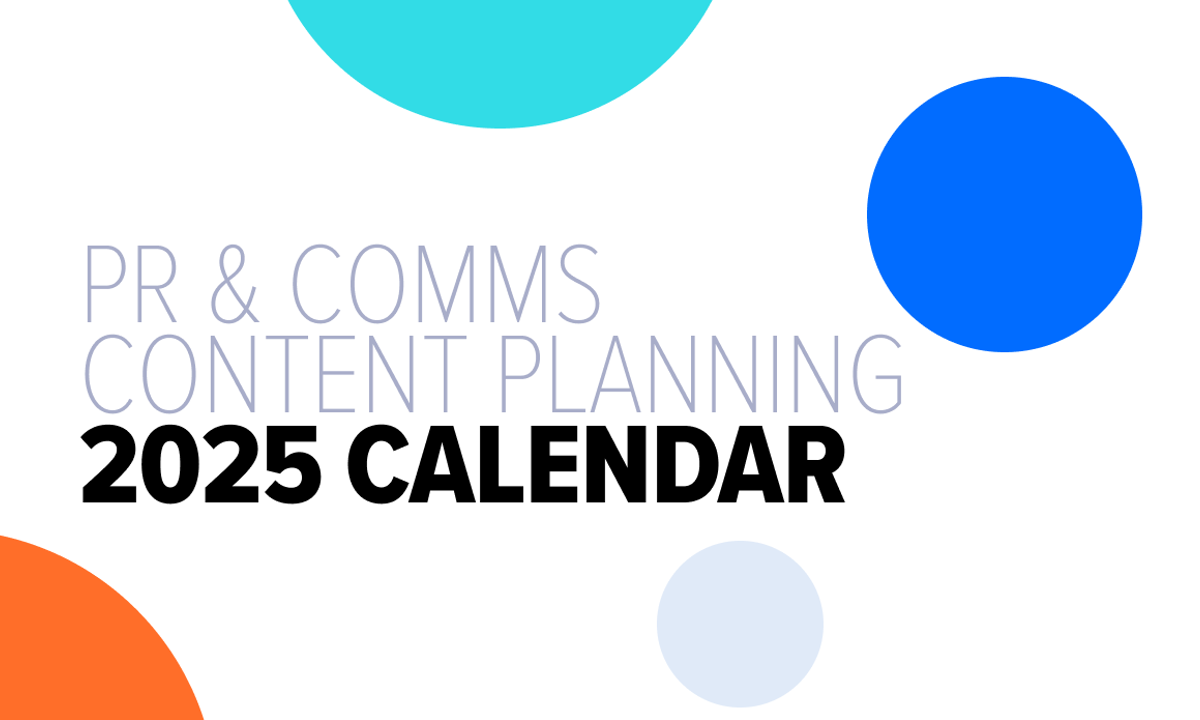In our latest State of the Media report, we surveyed over 3k journalists to find out everything there is to know about the top challenges they face, and what they need from PR pros.
Most of our analysis was quantitative, but we also gathered qualitative feedback on a few key topics.
One of them being – you guessed it – pitching.
With the help of AI, we’ve analyzed thousands of responses to the question "The perfect PR pitch is..."
We’ve also taken a look at five real-life pitches that made it to publish, giving you explicit examples of what works to inspire your next pitch.
The Perfect PR Pitch Is…
Relevant and Tailored to an Audience/Beat
466 responses
Out of 734 responses to the statement “The perfect PR pitch is…”, well over half (466) were concerned with the relevance of a pitch. In fact, "relevant" was the most common word in our analysis, appearing 33% of the time. Other common relevance-based keywords included "audience", "targeted", "tailored", "beat", and "personalized". Reporters greatly value personalized pitches tailored specifically to their beat, publication, and audience – and clearly appreciate it when it is evident the PR pro has done their homework. Generic blast pitches are a no-no. Adding personalized details beyond just their name strengthens pitches. While it may seem like a tired piece of advice, the fact remains that so many journalists still aren't receiving useful or compelling pitches.
Pitching relevant content is no longer just a best practice tip – it’s all but a pre-requisite.
Journalists and reporters that use Gmail can now hit “Unsubscribe” on emails that are sent in bulk (i.e. emails sent to 5k+ recipients). The new initiative is to help Gmail users better avoid spam communications.
That means irrelevant, mass outreach will get you blacklisted by the many journalists who have no tolerance for this practice, eliminating your chances of ever landing coverage with them in the future. Personalizing your pitches and prioritizing relevance has never been more important.
The sectors plagued most by the “irrelevant pitch” are Government & Politics, News, and Law/Legal, with at least 75% of respondents in these industries deeming two-thirds of pitches irrelevant.
In contrast, only 2% of respondents felt that two-thirds of their pitches were relevant on average. The industries most likely to receive relevant pitches included Marketing/Public Relations/Media, Retail, and Manufacturing.
Here’s what journalists had to say on the subject:
The perfect PR pitch is…
Relevant to my beat and location and interesting and important to my audience. I feel like this should be basic logic but 99% of my pitches are not this.
Personal to me.
Relevant to my audience.
Personally engaging and not written as a mass email.
Relevant to our coverage area/audience.
Relevant to the work I cover.
Made by someone who knows my audience before pitching.
One that is relevant to my audience. The quickest way to get sent right to my junk folder is by pitching me something that has nothing to do with what I cover for my audience.
Concise or Gets to the Point Quickly
347 responses
Half of the responses we received were insistent on the need for brevity in pitches. While there wasn't a universal consensus on an exact preferred length or format for concise pitches, several responses specifically mentioned keeping pitches to 25 words or less as being ideal. Others suggested aiming for around 3-5 sentences or 1-2 brief paragraphs maximum. Bullets and getting to the point quickly were seen as ideal for skimmability. Anything much longer than that seems to violate the "concise" rule for many reporters.
The need for concise pitches varies across industries. According to our State of the Media Report:
Fashion, Retail, Marketing/PR journalists value brevity the most (41%)
Climate, News, Entertainment journalists care about pitch length the least (30%)
While getting-to-the-point clearly matters, there’s room for a little extra detail, depending on who you're pitching, and providing that your pitch is hyper-relevant.
Here’s what journalists had to say on the subject:
The perfect PR pitch is…
Three to five paragraphs and should include a concise descriptive in the email subject line.
Short, sweet, easy to both read and scan, and has bullet points to increase how quickly I can skim the pitch.
One or two short paragraphs.
Short and to the point, hopefully 25 words or less.
A direct headline, and delivers in 25 words to entice the journalist to continue to read.
Brief and to the point, with clear information on who, what, when, and why.
Brief enough to read in a few minutes.
No more than four or five paragraphs long, and jargon- free.
Delivered in plain text in the body of the email without formatting and definitely NOT in a .PDF file. PDF files cause too many formatting issues that have to be manually fixed after a copy./paste.
Short with bullet points of the main points.
Localized or Contains a Local Angle
227 responses
Well over 200 of the responses in the State of the Media survey focused on the importance of locality when pitching – from calling for a localized angle, local tie-in, or locally relevant sources to saying they outright reject national or regional pitches. This was one of the most universally emphasized needs among the responses.
Having a defined and well-researched local geographic connection or angle is absolutely critical for PR pitches, when pitching local or community publications. Providing you have an attention-grabbing story, targeting the right reporters from a geographic and logistical standpoint means that your content will get read by the right audience. PR pros need to be clear on why the story they're pitching would be of interest to that region/community. Failing to localize and pitching something broad or locally irrelevant will get pitches ignored or rejected by local reporters. Providing ready access to local sources and interviewees is another way to get extra brownie points from journalists and move your story from pitch to publish.
The perfect PR pitch is…
A story with a local angle (person, group, company) relevant to our readership.
Short, concise, engaging, and [explains] why my LOCAL audience should care. We need a local connection to the story. My audience only cares about local.
One that includes regional sources.
On the subject I cover with a local tie or angle.
Something relevant to what our outlet covers and specifically to our state, with local experts.
Clear about whether there is a regional or state hook.
One relevant to the actual work I do/ the region. My Wisconsin readers do not need to hear from "industry experts" in California. One which is focused on my circulation area, understands where my town is located geographically, and does not use the word 'local' to describe an entire flippin' region of the state.
Timely and Newsworthy
175 responses
For timely and newsworthy pitches, reporters indicated that they look for angles that are truly new, trending, and offer a compelling "why now" factor beyond just promoting a product or service.
Pitches need to tap into current events, trends, or findings. Simply promoting a product or service is not enough – there needs to be a newsworthy angle. Timeliness is especially important for pitches related to breaking news or studies, where reporters need rapid access to sources and data while the story is still fresh.
The perfect PR pitch is…
On my beat, speaks to a wider trend and something I can return to at a later time.
Relevant to my outlet's target audience and reveals an understanding of what "news" or a "news trend" is as opposed to simply pitching an opportunity to interview someone or write about the product. What is the "news" that the publicist is offering? That's the key issue to address.
Sent with a news peg. As an example, if a study is published relating to health data, a PR firm will reach out the next day with an expert available for a live three-minute interview to give context.
Actually newsworthy, not just a brand trying to get eyeballs.
Relevant to my audience and newsworthy beyond the company itself.
Offers Exclusivity
108 responses
Being the first outlet pitched on a story idea or having exclusive access to sources, data or products is also highly appealing to reporters, as it gives them a competitive edge over other publications. However, they emphasize the need for PR pros to be clear – from the start of the pitch – about what the exclusive angle is.
Another important detail to keep in mind: Exclusivity isn’t just about pitching a single publication. It’s about pitching a single person. Reporters dislike getting the same “scoop” as their colleagues.
“DO NOT email multiple people from the same media company, especially on the same day. Why, Kendall? Doesn’t that just increase my odds of getting a “yes” from one of you? Actually, it ruins your odds. And let me explain why. In our office, we talk about the pitches we receive all the time, and the second we realize we all got the same exact one…it’s over, man. You’re finished.”
The perfect PR pitch is…
One that is not sent out to everyone else as well, because why do I want to do the same story that everyone else is doing?
One that matches my audience and is not the same pitch to everyone else.
Extremely short, written specifically to me by someone who read my coverage and knows what I specialize in, is not stale news or something 10 other outlets are doing, and gives me enough lead time to act on it.
Catered to my subject area and offered exclusively to me.
Targeted to my audience, exclusive to us, from a trusted professional.
Written exclusively for me and my audience.
Tailored to what I write about, providing an exciting and exclusive angle, and feels news-worthy.
Directly addressed to me with a tailored pitch that is exclusive and not being blanket-pitched to other outlets at the same time, while also providing me with something that is relevant to my outlet.
Provides Helpful Assets (Quotes, Images, Video, Data)
99 responses
Including visual assets like images, videos, infographics as well as hard data, quotes from experts, or products to review makes pitches far more enticing, according to journalists in our survey. It not only adds color and context to the potential story, but providing those assets up front also saves reporters time from having to chase down all those elements themselves. Keep in mind, however: The assets provided need to be relevant and high- quality.
The perfect PR pitch is…
[One that] provides a link to imagery, is clearly representing the client, provides relevant information and follow-up opportunities for me, the journalist.
When all the information is included, if there is a sample included, what it is, and if it is worth the time to review... It is great if there are images, a video link, the contents, etc.
A well written press release that includes all pertinent information and quotes with access to high-res images.
Targeted to our audience with exclusive rights to run the content therein, including images.
Relevant to what I produce, short, provides info on images/video and interview.
Short and sweet with the background and images/videos and credits and permission to use the media included.
One that includes regional sources, a photo large enough to use as a feature photo in WordPress, and a quote from the person the story is about.
Contains Compelling Storytelling and Unique Angles
36 responses
Rather than coming across as pure marketing, pitches that tell a fascinating narrative story with a fresh journalistic angle resonate better. Unique spins that highlight unreported aspects separate successful pitches from boring promotion. Compelling storytelling capture reporters' attention.
The perfect PR pitch is…
[One] that contains fresh angles on contemporary issues in society. Provides accurate and transparent information.
Targeted specifically to my publications and has a very unique angle, hook.
One that understands what I write about and has pieced together a new, interesting angle
Timely, relevant, and has a new angle I can pitch immediately to my editors.
The perfect PR pitch is a compelling and succinct narrative that captures the essence of a story, resonates with the target audience, and addresses the unique angles that make it newsworthy. It combines a clear understanding of the media outlet's preferences with a genuine understanding of the audience's interests. It strikes the right balance between brevity and informativeness, leaving journalists intrigued and eager to learn more. Additionally, it includes a strong call to action or next steps, facilitating a seamless transition from pitch to potential coverage. Ultimately, the perfect PR pitch is a strategic blend of relevance, clarity, and persuasive storytelling.
While less prevalent, a meaningful number of journalists in our State of the Media report appreciate pitches that are transparent, authentic, and devoid of excessive marketing hype or jargon. Respecting reporters' time constraints, requesting to sponsor content, and demonstrating an understanding of the journalistic process are also favored by a healthy amount of reporters in our survey.
Wrapping Up
The "Perfect PR Pitch" requires a deep understanding of a reporter's beat, audience, and geographic coverage area. It demands a respect for their time constraints and a willingness to provide assets that elevate the pitch from marketing fluff to newsworthy narrative.
Nailing the perfect pitch is by no means an easy feat, but the payoff (i.e. earning valuable media coverage) makes the effort worthwhile. By internalizing the key elements outlined above and truly putting the needs of journalists first, PR professionals can craft pitches that capture attention, spark interest, and ultimately lead to published stories that resonate with their target audiences. In an era of information oversaturation, the ability to create a compelling PR pitch may be a PR pro’s greatest superpower.
For an even more thorough understanding of what journalists expect to see from communicators, download our State of the Media report and find out:
The PR formats journalists prefer to publish
Their biggest challenges over the last year
Their primary success metrics
What PR pros can do to make their lives easier
The types of media reporters prefer to be pitched
Looking for more journalist approved advice and guidance on pitching journalists, earning more media coverage, building relationships with journalists? Check out these additional resources...
Recommended reading:






